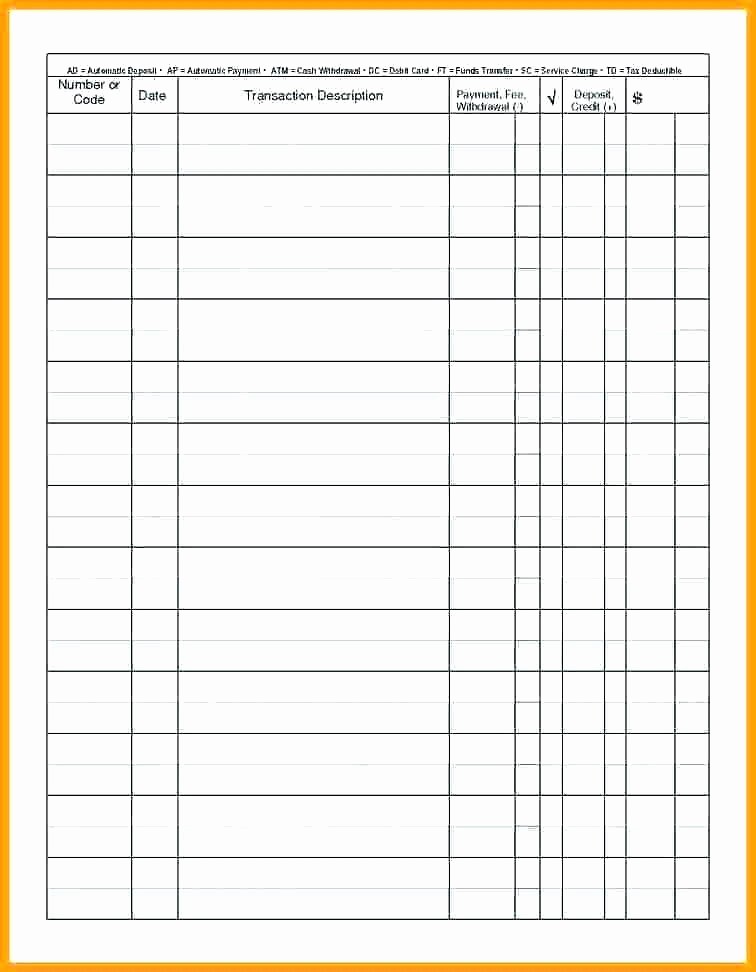

- #Difference between debit credit card meaning for free
- #Difference between debit credit card meaning code
- #Difference between debit credit card meaning series
The 16-digit numeric series located on debit and credit cards have the same function, but remember: The sequence of numbers will always vary. After all, these are arguably the most vital features of every card. Now that we've broken down the basic features of debit and credit cards, let's take a closer look at the numbers themselves and discuss how they work. As a concept, this is what financial institutions and vendors alike sometimes refer to as having a line of credit. A credit card essentially allows you to borrow the money until you pay it back as part of your monthly bills. When you use a debit card, you're drawing money directly from your bank account.

Making sense of debit and credit card numbersĭebit and credit cards appear to be very similar at first glance, but they aren't.
#Difference between debit credit card meaning for free
Logos are there to help you know which ATMs you can use for free without paying an additional charge. Network logos: Often, you’ll find these on the bottom right-hand corner of the card.
#Difference between debit credit card meaning code
Security codes: The security code on a credit or debit card, also known as the CVV, is a group of three digits included below the magnetic stripe and certifies that the card is indeed valid. Signature panel: Every card, debit or credit, must be signed by the card owner before it’s officially ready for use. It serves as a security measure first and foremost these are very hard for counterfeiters to fake.īackside contact information: This exists in case a problem should arise regarding your card, and you need to talk with your bank via phone.
Hologram: This is the small, three-dimensional image near one of the bottom corners of the card. The strip also denotes whether the account associated with the card has sufficient funds for that particular transaction. Each time someone swipes a card, the reader knows whether or not the card has expired. Whenever you swipe your card, the card reader scans or “reads” this stripe to collect various pieces of information about both the cardholder and the account. Magnetic stripe: The strip that runs across the width of the card is arguably the back’s most notable feature. While debit and credit card numbers are mainly on the front side, the back of the card also features critical information. Again, when paying online or in-store, many businesses require you to select your card type, as not every establishment will accept the same kind of card. Typically, you can locate this in the bottom right-hand corner. Payment network logo: This refers to the type of card you are using, such as Visa, MasterCard, American Express, etc. Before the expiration date arrives, the bank will mail you a new one. Like driver’s licenses, cards are only good for a certain amount of time. It is there for security purposes.Įxpiration date: This appears in smaller print below the row of 16 digits. Smart chip: This is the small metallic-looking square typically on the left side of the card. Your card will say either “Debit/Access Card” or “Credit Card” along the top.Ĭard number: This is the entire 16-digit sequence printed on the front surface and is one of the pieces of information you’re required to hand over when shopping online.Ĭardholder’s name: This is also known as the person who is authorized to use the card. Therefore, the pattern of these numbers varies significantly on each card.īank branding: This refers to who issued the card. The numbers imprinted on them serve as would-be DNA, with each digit representing distinguishing aspects of the card, such as who uses it, who approved it, and the card’s purpose. The anatomy of a cardĭebit and credit cards are like financial fingerprints. Read on as we dissect the function of credit and debit card numbers. Like a secret code, card numbers represent different business and personal financial information related to the card owner and the card issuer. It is certainly worth knowing the details around credit and debit cards, and it is especially important to understand the numbers on credit cards.Ĭredit and debit cards have a total of 16 digits printed on the front, though a card can have as many as 19 digits or as little as 13. They are the carriers of many important facts when it comes to your bank account and your money. But there is a lot more to these wallet-sized financial fairy godmothers in disguise. On the surface, it may seem like all there is to a credit or debit card is just that: a simple swipe or tap, followed by a beep, and then you can continue with your shopping adventures. And it all happens with just a quick swipe or tap. They’re small to carry, super easy to use when spending or depositing money, and they save you from having to lug around wads of cash. Nearly everyone has some form of a banking card.


 0 kommentar(er)
0 kommentar(er)
